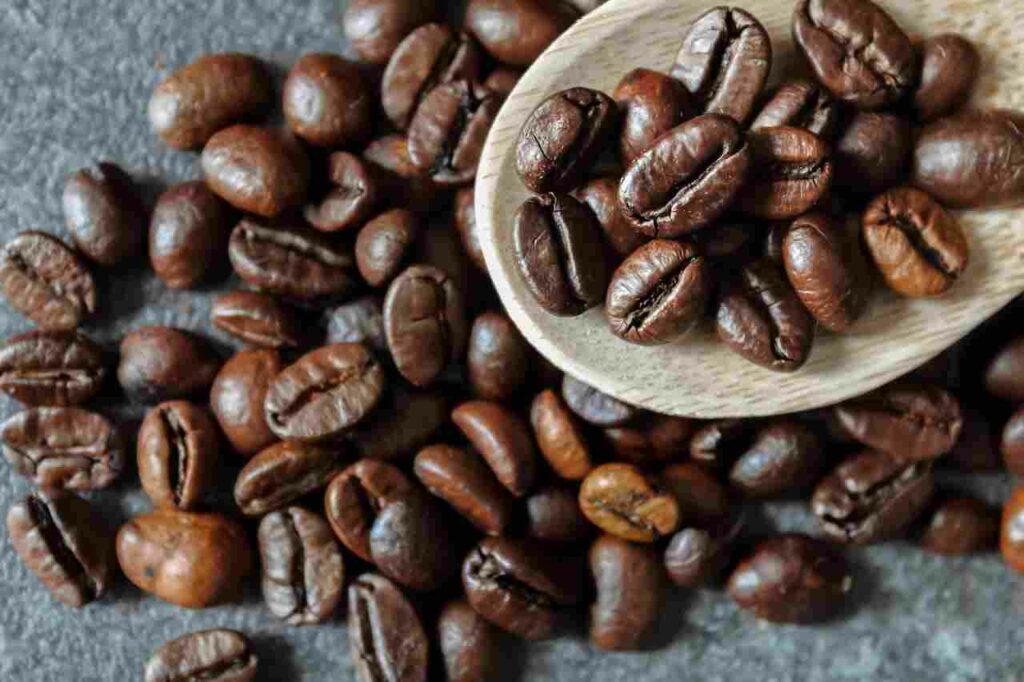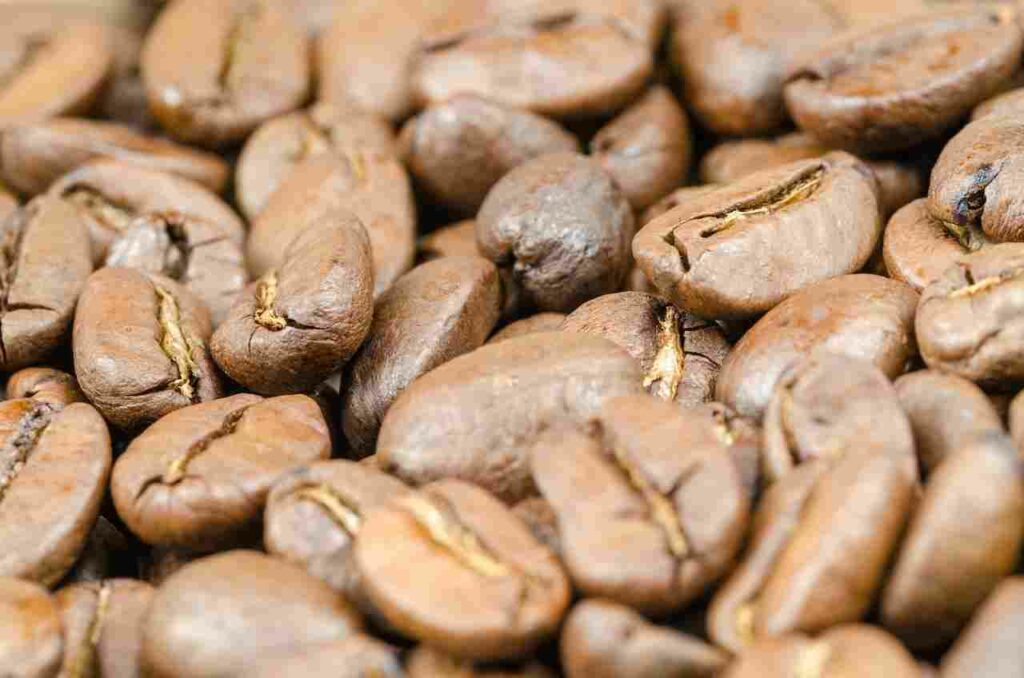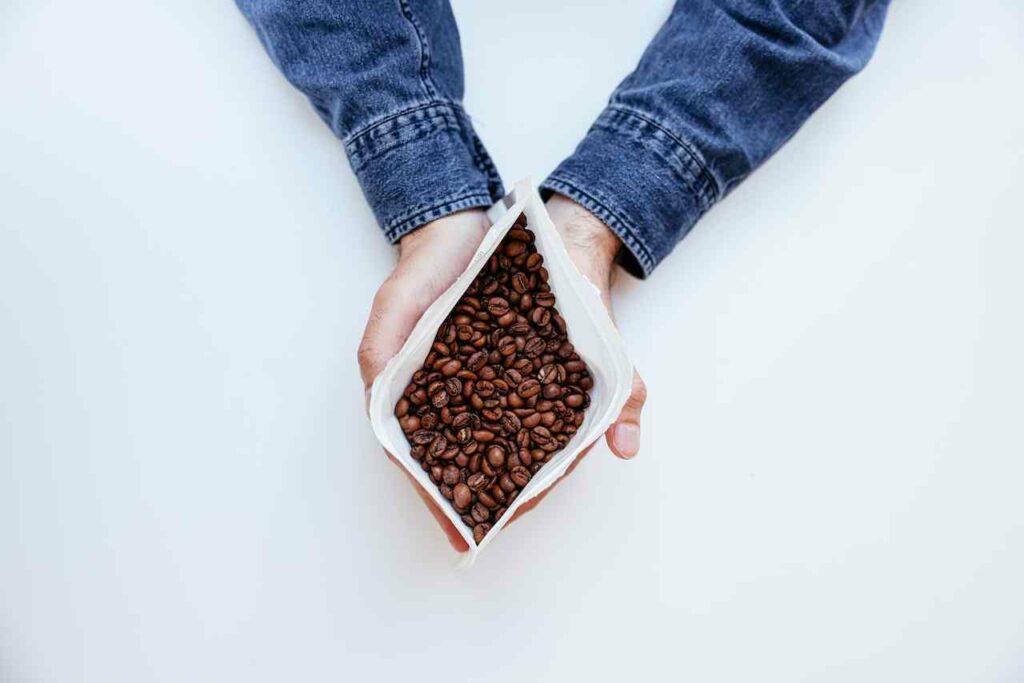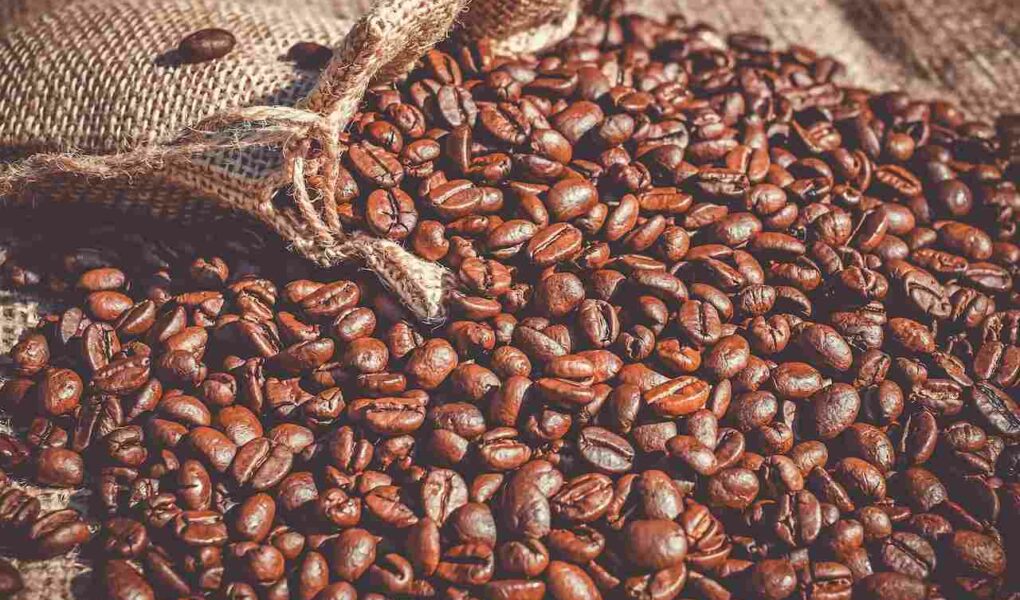Coffee is one of the most consumed beverages in the world, and for many people, it’s a staple part of their daily routine. However, we often wonder if coffee beans go bad and if so, how long do they last. In this post, we’ll explore the shelf life of coffee beans, the signs of stale coffee, and tips for storing your coffee to keep it fresh for as long as possible. Whether you’re a casual coffee drinker or a true aficionado, this post will help you get the most out of your coffee beans.
Do Coffee Beans Go Bad?
Like most food and beverage items, coffee beans do go bad and will eventually expire. While storage and grinding can impact the longevity of coffee beans, they will go bad eventually no matter what. Overtime, the compounds that make up coffee chemically and physically degrade due to environmental exposure. These various changes may impact the way coffee looks, smells, and, most importantly, tastes.
What Makes Coffee Beans Go Bad
As mentioned, coffee is made up of various natural compounds, including various oils, amino acids, and other components. All of these things degrade over time from exposure to elements such as oxygen, moisture, heat, and others.
Oftentimes, coffee is roasted and packaged in ways that preserve its freshness until consumers purchase the beans. Once coffee is opened and exposure begins, the breakdown of the compounds and flavors begins. Pre-ground coffees have already undergone a good amount of degradation, so buying whole bean coffee is the best way to ensure freshness when making purchases.
Shelf Life of Coffee Beans

Coffee beans are a perishable product and their freshness significantly impacts the taste and quality of your cup of coffee. The shelf life of coffee beans varies depending on several factors, including how they were roasted, the type of bean, and how they are stored.
On average, whole bean coffee can last for about two weeks to a month after roasting if stored properly. Ground coffee, however, has a shorter shelf life of about 7-10 days. It’s essential to note that the freshness of the beans begins to decline as soon as they are roasted. As soon as coffee is roasted, it starts to release CO2 and the aroma and flavor compounds begin to degrade.
Several factors can affect the shelf life of coffee beans, including:
- The roast level: Lightly roasted beans have a shorter shelf life than dark roasted beans.
- Exposure to air, moisture, and light: All three can cause coffee beans to lose their freshness faster.
- Grinding: Ground coffee beans have a shorter shelf life than whole beans because they are exposed to more air.
- Freezing: While freezing coffee beans can extend their shelf life, it can also cause them to absorb odors and moisture from the freezer.
It is important to note that the best way to ensure you are drinking fresh coffee is to buy whole bean coffee and grind it just before brewing. It’s also essential to store the beans in an airtight container in a cool, dry place away from light.
Signs of Stale Coffee

While coffee does not undergo many visual changes when degrading, any drastic changes in appearance may indicate that something is wrong with the beans or the way they have been stored.
Most of the time, expired coffee can be identified via smell before brewing. Fresh coffee generally carries a strong, sharp, and sweet aroma. If coffee is expired, or generally not fresh, these scents will be dull and muted. A lack of intensity in smell is a good indicator of coffee that is not particularly fresh.
If an individual has already brewed the coffee beans, expired coffee will also have some unpleasant flavor notes. Usually, coffee that is not fresh will taste more bitter, sour, or kind of dingy. Luckily, expired coffee is not usually dangerous.
Other than some unpleasant aromas and flavors, drinking expired coffee is fairly safe. However, if there are signs of mold detected visually or by odor, it is not a great idea to brew and drink the coffee. While sometimes harmless, ingesting some molds can lead to various degrees of illness.
These are several characteristics of stale coffee that you should be aware of:
- Loss of aroma: Fresh coffee has a strong and distinct aroma. If your coffee has little to no aroma, it’s likely stale.
- Flat taste: Fresh coffee has a complex flavor profile with notes of fruit, chocolate, and nuts. If your coffee tastes bland and one-dimensional, it’s probably stale.
- Acidity: Fresh coffee should have a balanced acidity that gives it a bright and lively taste. If your coffee tastes sour or bitter, it’s likely stale.
- Oiliness: Fresh coffee beans will have a slight oily sheen on the surface, which is a sign of a fresh bean. If the beans are dull or dry looking, they are stale.
To recap: One of the best ways to tell if your coffee beans are stale is by smelling them. If they have a musty or moldy smell, it’s a sure sign that they are no longer fresh. It’s also a good idea to check the roast date on the bag of beans, as coffee is best consumed within 2 weeks of roasting.
If you’re unsure about the freshness of your beans, it’s always best to buy fresh beans. Your taste buds will thank you.
Storing Coffee to Keep it Fresh

It is worth noting that whole bean coffee is more stable for storage than ground coffee. While some users may find pre-ground coffee more convenient, when possible, purchasing whole bean coffee can increase the lifespan of coffee.
Generally speaking, whole bean coffee lasts twice as long as ground coffee in storage. When sealed properly, whole coffee beans can last between 6-9 months, while ground coffee has a lifespan of 3-5 months.
The best tip for storing coffee, no matter what form it is in, is to choose an air-tight container for storage. Any type of bag, jar, or container that can be tightly sealed and kept from airflow is suitable. Just as important is where to container is kept. The coffee should be kept in a cool, dark, and dry location.
Exposure to air, high temperatures, or moisture can significantly damage the coffee beans. Moisture is especially detrimental to flavor and increases possibilities of mold. It is also helpful to use an opaque container or bag since light exposure can increase oxidation of the beans.
Freezing is sometimes suggested as a tool for keeping coffee fresh for longer periods of time. While there are appropriate ways to store coffee in a freezer, this method drastically increases the risk of damaging the coffee due to the extremes in temperature and moisture associated with freezing items.
Here are some best practices for storing coffee beans:
- Buy whole bean coffee and grind it just before brewing: This ensures that the coffee is as fresh as possible.
- Store coffee beans in an airtight container: This helps to keep out air, moisture, and light, which can all cause coffee beans to go stale.
- Keep coffee beans in a cool, dry place: Avoid storing coffee beans in areas with high humidity or temperature fluctuations, such as near a stove or in a damp garage.
- Avoid freezing coffee beans: While freezing can extend the shelf life of coffee beans, it can also cause them to absorb odors and moisture from the freezer.
In addition to these storage tips, it’s also a good idea to buy small quantities of coffee beans at a time to ensure that you always have fresh beans on hand. If you find yourself with a lot of coffee beans that you’re not able to use before they go stale, consider sharing them with friends or family.
It’s also important to remember that once the coffee beans are opened, they start to lose their freshness. It’s always best to use them as soon as possible and store them in an airtight container.
The Final Sip
To recap, coffee beans do in-fact go bad. The length of time they remain fresh depends on a number of factors including roast, grind, storage, and type of coffee. You should follow best practices for storing your coffee and ensure once you open. abag of beans, you consume within the ample time frame to enjoy a fresh cup of joe every time.




